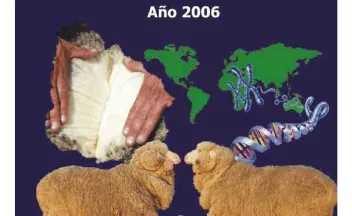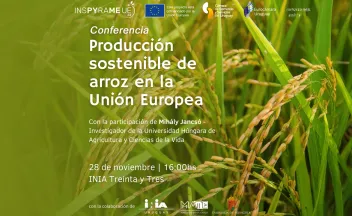MARIA VERONICA DER GAZARIAN KEUROGLIAN
Asistente Técnica Capital Humano Senior

Introducción. -- Evaluación Genética Poblacional. -- Información Presentada. -- Otras características. -- Clasificación visual en categorías. --
